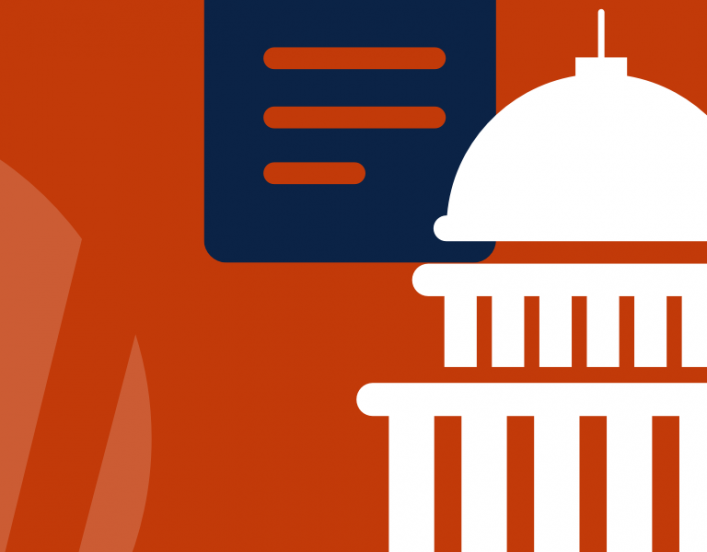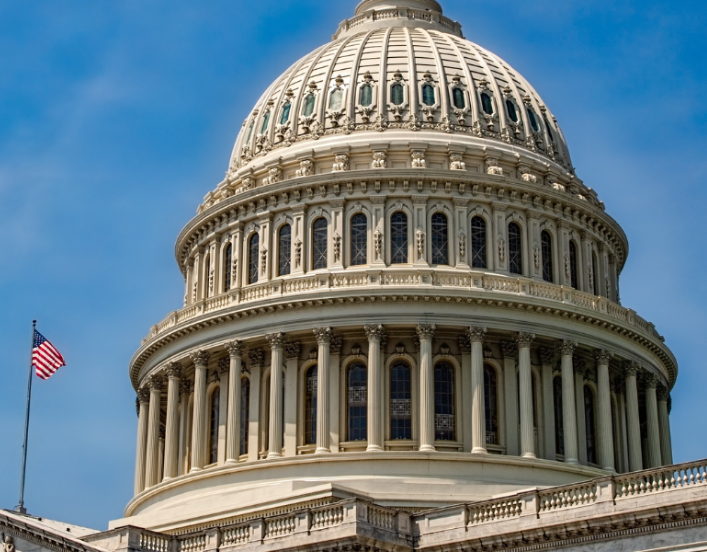Where We Stand: Retirement Security
To achieve economic security for all women, AAUW advocates strengthening retirement benefits and programs, including pension improvements and protecting Social Security, Medicare, and Medicaid from privatization.
Women face a gender pay gap that starts early in their careers and continues throughout their lifetimes. Women who work full time, year-round earn 83 cents on average for every dollar men earn, and the pay gap is even wider for women of color. Over a career—defined as 47 years of full-time work—women’s total estimated earnings loss compared with men is $700,000 for a high school graduate, $1.2 million for a college graduate, and $2 million for a professional school graduate.
Continuing pay inequity results in women having less savings, lower Social Security benefits, and lower (if any) pension benefits, leaving them on an unequal retirement footing. Women have only 70% of the overall retirement income and only 32% of the wealth that men do. At the same time, women typically live longer than men, meaning they will face higher costs in retirement—both in terms of daily living expenses and health care costs.
AAUW In Action
All public policy actions take direction from the AAUW Public Policy Priorities, voted on by members every two years. AAUW is a nonpartisan organization—but nonpartisan does not mean “non-political”. Since its first meeting in 1881, AAUW has been a catalyst for change. Together, through our coordinated and strategic advocacy, we’ve enacted invaluable legislation at the federal, state, and local levels. The 2021-2023 Public Policy priorities directly identify strengthening retirement benefits and programs.
The public policy team engages in many efforts on this key issue, including but not limited to:
- Working in coalition with other gender equity and civil rights organizations, including the Employment Task Force of the Leadership Conference on Civil and Human Rights and leading the Paycheck Fairness Act Coalition.
- Mobilizing AAUW advocates and members through targeted calls to action on important legislation, like the Paycheck Fairness Act, the FAMILY Act, and the Healthy Families Act.
- Engaging directly with elected leaders and the public through calls, letters to political offices, and comments and testimonies in hearings.
- Providing voter education resources on key equity issues to consider during elections and offering information on how elected officials have voted in the past (more about this and Get Out the Vote guides at the AAUW Action Fund).
Retirement Insecurity
The compounding lifelong effects of the gender pay gap and wealth gap, in part, result in women’s economic insecurity during retirement. Many women cobble together retirement benefits from a number of sources, and even then are left to rely on the benefits of their spouse, other public assistance programs, or live in poverty. Women age 65 and older are more likely than men to live in poverty—in 2018, 11% of women age 65 and older lived below the poverty line as compared to 8% of men.
Further, women continue to bear a disproportionate burden of family caregiving responsibilities which can take them out of the paid workforce. As women are more likely to move in and out of the workforce, and more likely than men to work part-time, they accumulate less savings and have less access to employer-sponsored retirement plans. Moreover, many women work in industries or occupations that do not offer 401(k)s or other defined contribution plans, limiting women’s opportunities to invest in their retirement.
Social Security
The Social Security system is one of the most successful anti-poverty programs in our nation’s history. Social Security is more than just a retirement program, providing benefits to children, disabled workers, and surviving spouses as well as retirees. Because women live longer, they depend on Social Security’s guaranteed, inflation-adjusted lifetime benefits for more years than do men:
- Social Security supports millions of older women—more than half of whom would fall into poverty without these benefits. Women make up 3% of Social Security beneficiaries age 62 and older, and approximately 64% of beneficiaries age 85 and older.
- 46% of all non-married (divorced, widowed, or never married) women age 65 and older get 90% or more of their family income from Social Security.
- In 2019, women 65 and older received an average annual Social Security income of $13,505 compared to the $17,374 that men received.
Coupled with lower wages, women’s time away from work for caregiving results in lower Social Security benefits. Currently, the Social Security benefit formula cannot make up for the substantial amount of time some women are out of the workforce, during which they are unlikely to be able to make pension or retirement savings investments.
Improving Retirement Security for Women
Social Security benefits must be maintained and strengthened, including full cost-of-living adjustments, a progressive benefit formula, spousal and widow benefits, and disability and survivor benefits. The most recent Social Security trustees’ report shows that the system can pay all scheduled benefits through 2035, after which benefits will not be able to be paid in full. One proposed reform to strengthen the Social Security system is to raise the payroll tax cap, as policymakers have done in the past, to increase revenue funding the program.
For women and parents who leave the paid workforce to provide family or child care, a Social Security caregiver credit could help alleviate the shortfall in benefits. Further, allowing workers who take time off under the Family and Medical Leave Act to count that time toward requirements for employer contribution and pension plans would improve women’s access to those benefits. Comprehensive, universal paid family and medical leave plans are essential to ensuring women and workers can continue supporting their families and investing in their retirement. The Family and Medical Insurance Leave (FAMILY) Act and the Healthy Families Act would provide workers the family, medical, and sick leave they need to maintain their families’ economic security.
Pay equity is also critical to ensuring women’s short- and long-term economic security. Fair pay legislation such as the Paycheck Fairness Act, which would update and strengthen the Equal Pay Act of 1963 to help close the gender pay gap, can go a long way toward a more secure retirement for women. Further, as women make up nearly two-thirds of minimum-wage workers in the U.S., raising the federal minimum wage would provide many women greater earnings to support themselves and their families and ultimately save more for retirement. Together, all of these policies would work to improve women’s economic security throughout their lifetimes and ensure secure retirement for all.



